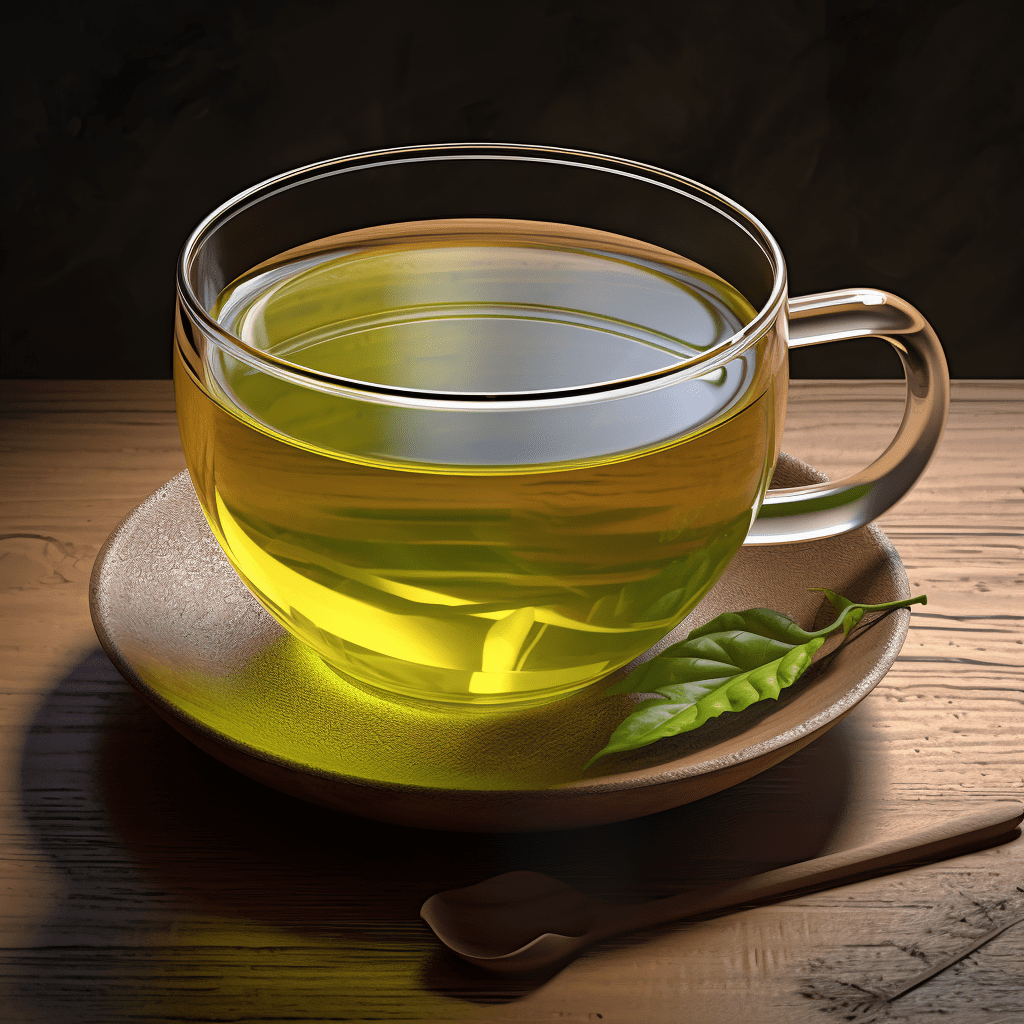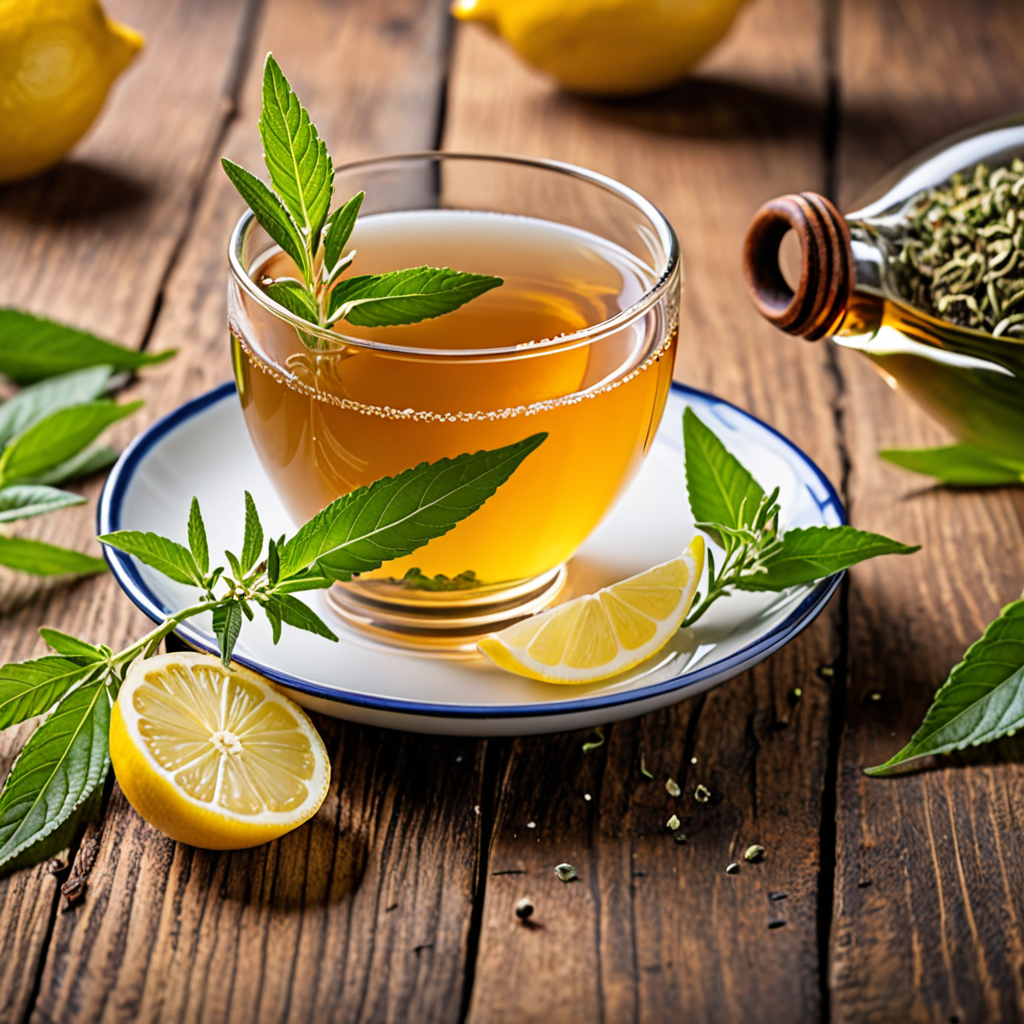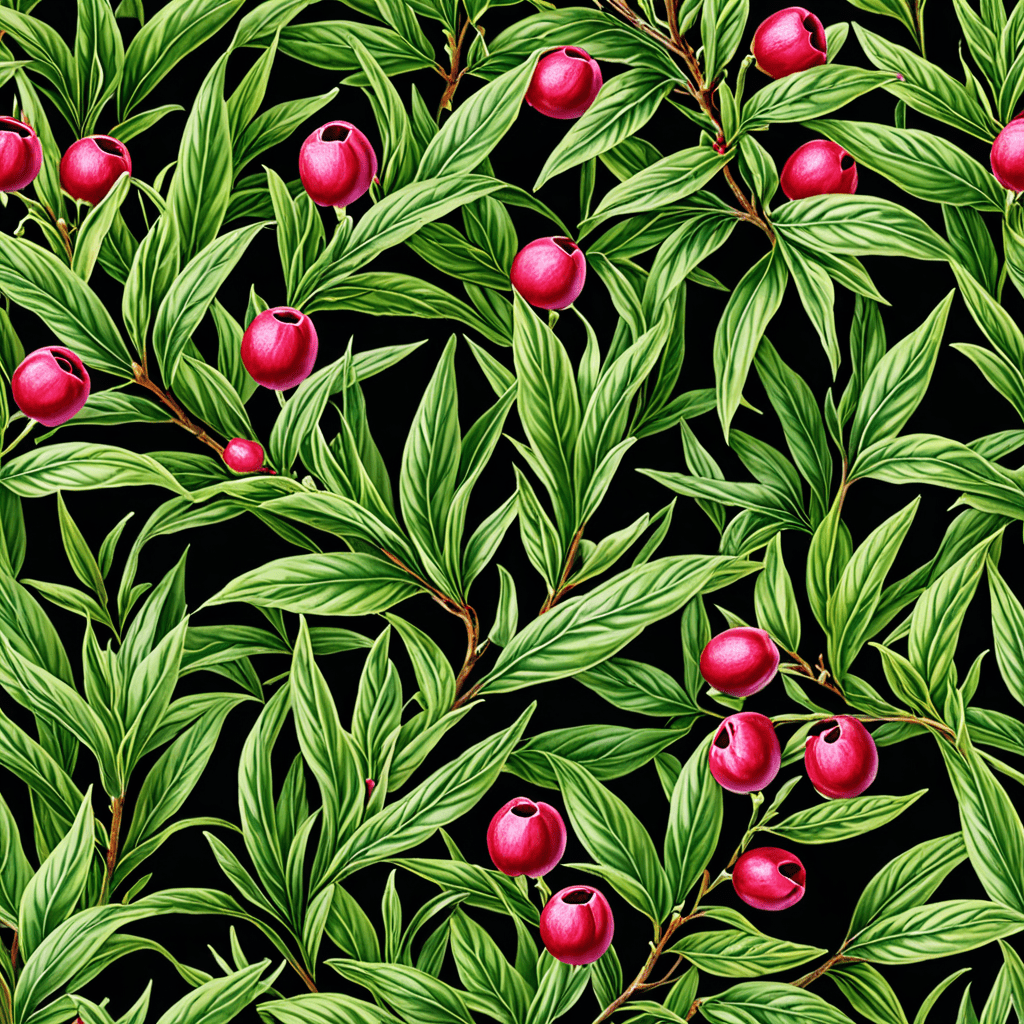
Why is My Green Tea Brown?
Are you a green tea lover who was expecting a vibrant and refreshing cup of green tea, but instead found your beverage to be a disappointing brown color? This unexpected change in hue can be quite puzzling, but fear not! In this article, we will explore the possible reasons why your green tea may have turned brown and provide some helpful tips to prevent it from happening again in the future.
1. Oxidation: The Culprit Behind Brown Green Tea
The most common reason for green tea turning brown is oxidation. When tea leaves are exposed to air, they undergo a natural process of oxidation, which can result in color changes. Green tea is minimally processed and typically undergoes very little oxidation compared to other types of tea. However, if the leaves are not properly handled or stored, they can still undergo some oxidation, leading to a brownish hue.
2. Low-Quality Tea Leaves
The quality of the tea leaves used can also play a significant role in the color of your green tea. Low-quality tea leaves may have already undergone excessive oxidation during processing, resulting in a brown color. It’s essential to choose high-quality, fresh green tea leaves to ensure a vibrant and visually appealing cup of tea.
3. Steeping Time and Temperature
The way you steep your green tea can affect its color. Steeping green tea for too long or using water that is too hot can cause the tea leaves to release more tannins, which can contribute to the brown discoloration. To avoid this, it is crucial to steep green tea for the appropriate amount of time and at the right temperature. Usually, green tea is best steeped for 2-3 minutes in water that is around 175°F (80°C).
4. Water Quality
Believe it or not, the water you use can impact the color of your green tea. If your tap water contains high levels of minerals or impurities, it can affect the appearance and taste of the tea. Using filtered or spring water can help prevent any unwanted discoloration caused by poor water quality.
5. Tea Storage
How you store your green tea leaves can influence its color as well. Exposure to moisture, light, and heat can accelerate oxidation and lead to a brownish color. To keep your green tea fresh and vibrant, store it in an airtight container in a cool and dark place, away from direct sunlight, humidity, and strong odors.
6. The Type of Green Tea
Different types of green tea can have variations in color. For example, Japanese green teas, such as matcha and sencha, tend to have a greener hue compared to Chinese green teas like Longjing or Bi Luo Chun. These variations in color are a result of different tea cultivars, growing conditions, and processing methods. So, depending on the type of green tea you have, a slightly brownish color may be within the normal range.
FAQ
Q: Can I still drink green tea if it turns brown?
A: Generally, it is safe to drink green tea even if it turns brown. The change in color is primarily cosmetic and does not necessarily indicate spoilage or a health concern. However, keep in mind that excessively oxidized green tea may have a stale taste and diminished antioxidant properties.
Q: Can I fix the brown color of my green tea?
A: Unfortunately, once oxidation has occurred, it is not possible to reverse the color change. However, you can minimize the chances of your green tea turning brown by following proper storage and steeping techniques.
Q: Are there any health risks associated with drinking brown green tea?
A: As long as the tea is not spoiled or contaminated, there are typically no major health risks associated with drinking brown green tea. However, always use your judgment and consider consulting with a healthcare professional if you have any concerns.
Do not let the brown color of your green tea discourage you from enjoying its health benefits and delicate flavors. By understanding the factors that contribute to discoloration, you can take the necessary steps to ensure a visually pleasing and enjoyable cup of green tea every time. Happy brewing!

